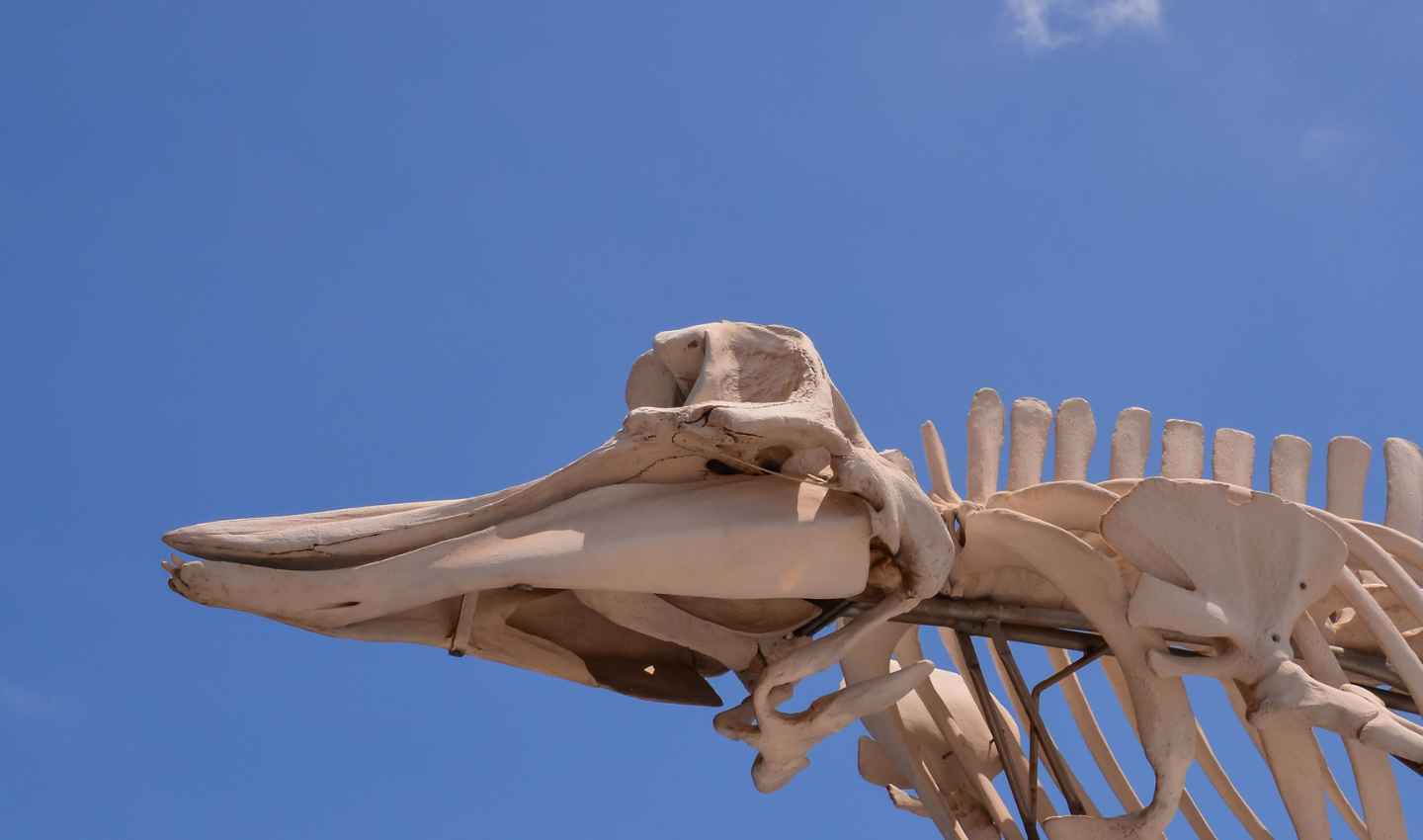- Our Future: Solutions
- Science: Explained
- Take Action
What we Eat: Is locally sourced food better for the planet?

Over 10,000 years ago, we planted our first seeds and domesticated animals – marking a major milestone for homo sapiens (humans).
Fast forward to the present and it’s easy to see that we’ve come a long way from founding agricultural practices to the complex globalised food system we’ve built today.

Many of us are now able to purchase foods, in and out of season, throughout the year. Food systems tend to be high-yielding and complex: the low cost of the products could be argued to be offset by the hefty environmental cost.
Is eating locally sourced food better for the planet?
We are exploring the public discourse between local and non-local foods, through the lens of carbon emissions.
But first, we need to understand the components of the food system.
What’s the environmental cost of the food on my plate?
The food on our plates often makes its way to us through a complex food system.
What is a food system?
A food system refers to the entire process (aka lifecycle) of producing, processing, distributing and consuming food.

This system accounts for a third, or 18 GTCO2eq, of all greenhouse gas (GHG) emissions where:
– Agricultural production (farms and animal feed) is responsible for a whopping 39% of the emissions.
– Changes in land use (deforestation and fluctuations in carbon in soil) is responsible for 32% of the emissions and,
– Other supply chain activities (like processing, transport, retail, packaging, and consumption) are responsible for 29% of the emissions.
Aside from emissions, food systems are also accountable for high water usage and being the primary driver of biodiversity loss.
Evidently, the systems we’ve built need transformative changes that minimise this environmental toll. It also means addressing the undeniable role of the meat and dairy industry in the rise of emissions.
From a consumer perspective, many argue that buying local produce is the best way to minimise our emissions.
Although this is a popular policy recommendation, academia suggests a slightly different picture.

What does “locally sourced” food mean?
There is no widely accepted definition of ‘local’ food, but it broadly revolves around minimal distances between where the food is produced and where it is consumed.
‘Local’ food can be interpreted in a few ways:
– Within a community, city, village, or county,
– Within a State (like in US, India), or,
– Within a small country (like Jamaica, Estonia, Lebanon)
In the US, according to the 2008 Farm Act, to be classified as ‘local’, foods would have to come from 400 miles or less.
If we apply this to a person shopping in Slovenia, a small European country, they could, in theory, buy produce from all their neighbouring countries and consider that as ‘local’.
So, the different interpretations to ‘local’ food allows room for varying circumstances.
Does the type of transport used for foods matter?
Yes! It is worth noting the emission disparities between different modes of transport.
The most GHG-efficient option for transporting food is via cargo ships. This is followed by rail, cars, vans, and trucks.
Unintuitively, storing foods locally year-round tend to be more GHG intensive than having the same products shipped from another country.

In general, air freighted foods are the least GHG-efficient. As a consumer, it can be difficult to assess what is air-freighted and what is not.
A useful guide is to assess whether the product has a limited shelf life (for example, mangoes and berries) and if it is from a country quite far away.
Now, let’s dive into a common question encountered in the local vs non-local food debate.
Don’t non-locally sourced foods mean higher travel emissions?
Not necessarily.
Here are eight foods and their supply chain emissions visualised in two ways:
![Greenhouse gas emissions across the supply chain for 8 different types of food. [Credit: Our World in Data]](https://i0.wp.com/oceangeneration.org/wp-content/uploads/2023/04/food-type-greenhouse-gas-emissions-across-supply-chain-Generation.png?resize=640%2C378&ssl=1)
![Greenhouse gas emissions across the supply chain for 8 types of food. [Credit: Our World in Data]](https://i0.wp.com/oceangeneration.org/wp-content/uploads/2023/04/food-greenhouse-gas-emissions-across-supply-chain-Generation.png?resize=640%2C378&ssl=1)
In figure 1, we are able to see the overall emissions of certain foods, noting that some foods have high emissions (like meat) while some have low or negative emissions (like nuts). Therefore, we can make the biggest impact by swapping out high-emission foods where possible.
Figure 2 allows for a deeper understanding of emissions from each step of the supply chain. Although there are exceptions, travel emissions for most foods are minimal compared to the emissions associated with land use, farming, and animal feed.
If you’d like to learn more about this in the context of other foods, click here to use the graphing tool.
What are the best practices to adopt when sourcing foods?
From an environmental perspective, making decisions on how to source foods can be unclear.
Some of the best practices guided by growing evidence suggests the following:
– In terms of emissions reduction, what you eat matters more than whether it is local or not.
– In general, buy locally grown seasonal foods like vegetables and fruits.
– Buy local especially if you know where you’re buying from, who you’re buying from and how they grow the food. The transparency of supply chains will enable you to consider wider environmental, economic, and social impacts to make well-informed decisions.










